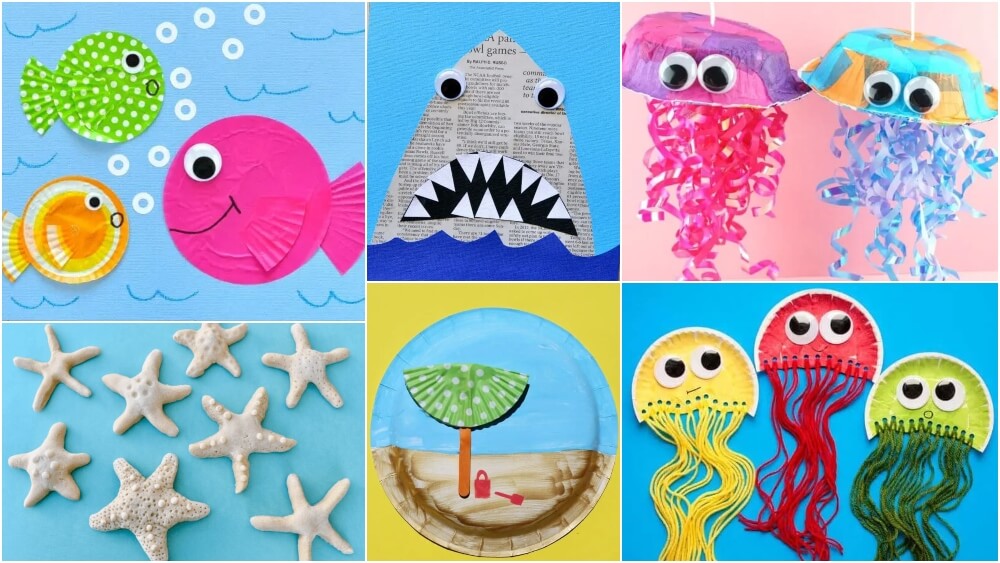What is Music?

Contents
What is Music?
One of the things that almost every person on the planet is drawn to is music. It is probably the first form of art that any of us were exposed to and we all have our own experiences and stories that have made music so important in our lives. Whether you’re an artist yourself or a musician or a listener, you have your unique relationship with music.
There is no right or wrong time for music – music is as appropriate at a wedding as it is at a funeral. It is a way to express inner emotions through the arrangement of sounds.
But how do we define music? What makes it different from sound and noise?
From a technical standpoint, we can define music as the arrangement of vocal or instrumental sounds to produce a composition that expresses emotions through melody, harmony, rhythm and timbre. Music is ordered sound whereas noise is nothing but random and disordered sound. Music is a form of art that is evaluated more based on the feelings that they evoke in their audience as opposed to their technical accuracy. From the trumpet and flute which are wind instruments to the guitar and sarod that are string instruments, music can be produced from a wide variety of diverse instruments.
But, how exactly is music produced from these instruments? To understand that we must understand how any sound is produced in the first place.
Sound and Its Source:
Sound is produced due to vibrations. Let’s try to understand this through some easy examples.
- Take a saucepan and suspend it from its handle. Strike the bottom of the saucepan with a spoon. A loud sound is produced. Now repeat the same activity but this time touch the surface of the saucepan with your other hand while striking the bottom. You will feel vibrations through the surface. It is this vibration of the metal surface that is responsible for the production of sound.
- Take a metal dish and fill it with water. Now, strike the side of the dish with a spoon. As the sound is produced, you will observe wave formation in the water surface a well. This clearly shows that sounds are generated due to vibrations.
Thus, we have concluded that sound is generated due to vibrations and a sound only lasts till the vibration does.
In a guitar, sounds are produced due to vibrations of the strings, in a tabla, vibrations of the stretched membrane and in a flute, vibrations of the air column produce sounds.
Human Voice and The Sound Box
What about our voice? What happens when we speak? That’s right, vibrations are again the reason behind it! But what vibrates to produce our voice?
Human beings produce sound through an organ known as the soundbox or larynx.
- It is located at the upper end of the windpipe.
- It consists of two vocal cords that are stretched across the larynx in such a manner that a slit is formed between them for the passage of air.
- When the lungs force air through the larynx, the vocal cords vibrate and these vibrations are responsible for producing sounds.
The vocal cords are 20mm long in men and about 5mm shorter in women. Women also have thinner vocal cords. These attribute to the comparatively higher-pitched voices in women. Children have very short vocal cords.
How Do We Hear Sound?
Sound requires a medium to travel. When we hear any sound, it is because the sound travels from its source through the air and reaches us. What would happen if there was no air? Would we be able to hear the sound? The answer is no.
Sound cannot travel through a vacuum. For example, you cannot hear any sounds in space as there is no air and hence no medium for the sound to travel through. But can sound travel through other media?
- Take a bell and hold it underwater. Ring the bell underwater while holding your ear to the surface of the water; make sure the water does not enter your ear. You will be able to hear the faint sound of the bell ringing indicating that sound can travel through water.
- Hold your ear against the surface of a table on one end and ask your friend to scratch the surface of the table on the other end. You will be able to hear the sounds generated by the scratching on the other end of the table. This shows that sound can also travel through solids.
But, how exactly do we hear sounds?
We can hear with help of our ears and a structure called the eardrum located deep within the ear. Let’s do a simple experiment to understand how exactly the eardrum functions.
- Take a small plastic jar. Cut off the end to make it hollow. Now, remove the lid and stretch a balloon over it; hold it in place by tying a rubber band around it.
- Now, take some grains of rice and place them on the rubber surface of the balloon. Ask your friend to say something from the other end of the hollow jar. You will notice the grains jump up and down as the sound of their voice reaches the surface of the balloon.
- A similar concept happens in our ear. The outer ear is shaped like a funnel – sound enters the ear and travels through the ear canal to teach the eardrum. Once the vibrations of the sound reach the eardrum, the thin and membranous eardrum vibrates. The vibrations of the eardrum send a signal to the inner ear which signals the brain and we are then able to hear the sound.
So, now we have a general idea about what music is and the cause behind it as well the reason behind our ability to hear.






Responses